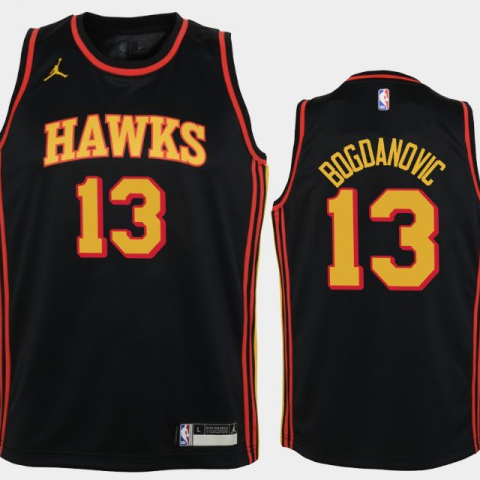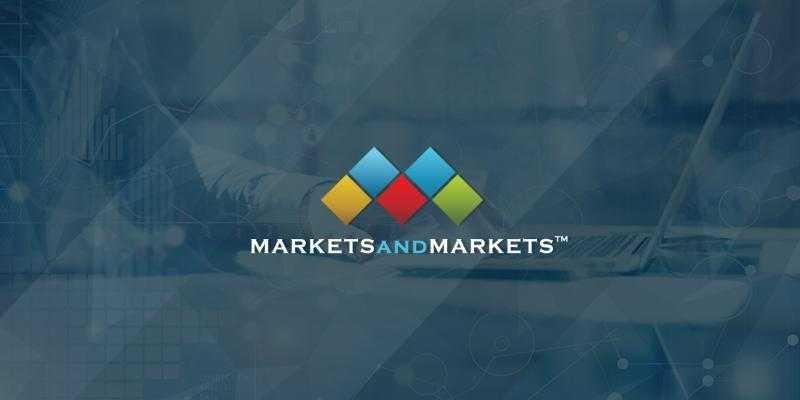Japan Age-Related Macular Degeneration (AMD) Market Overview
The Japan Age-Related Macular Degeneration (AMD) Market is projected to grow from US$ 526.46 million in 2024 to US$ 897.79 million by 2033, registering a CAGR of 6.11% between 2025 and 2033. The market’s expansion is strongly driven by the rising prevalence of vision-related disorders among Japan’s rapidly aging population. Additionally, new therapeutic technologies, including gene therapy, regenerative medicine, and next-generation anti-VEGF drugs, are reshaping the treatment landscape and creating new growth avenues.
Full Access Report:https://www.renub.com/japan-age-related-macular-degeneration-market-p.php
Japan Age-Related Macular Degeneration Market Overview
Japan ranks among the countries with the highest proportion of elderly citizens, making AMD a major public health concern. AMD is a leading cause of irreversible vision loss in adults aged 60 and above, affecting central vision needed for essential daily tasks like reading and recognizing faces. As more individuals enter the senior age bracket, demand for early diagnosis and long-term management continues to increase.
The market is witnessing significant investment in diagnostic imaging technologies, including optical coherence tomography (OCT), fluorescein angiography, and advanced retinal scanning tools. These technologies are enabling earlier detection, which is essential, as timely therapeutic intervention helps preserve remaining vision and prevents disease progression.
Pharmaceutical and biotechnology companies in Japan are enhancing R&D capabilities to introduce innovative drug formulations and extended-release injectable treatments. Collaboration between domestic firms and international biotech developers has accelerated clinical research in wet and dry AMD therapies. Moreover, regulatory agencies in Japan are fostering faster market approvals and supporting research in gene and cell therapy, enabling cutting-edge solutions to enter clinical practice sooner.
However, treatment affordability and accessibility challenges remain. Anti-VEGF drugs and regenerative therapies can be costly, and specialized care is limited in remote regions. To support equitable care, national health strategies increasingly emphasize patient education, early screening programs, and tele-ophthalmology services.
Key Market Growth Drivers
Growing Prevalence and Population Aging
The primary driver of the AMD market in Japan is the sharp demographic shift towards a predominantly elderly population. Extended life expectancy and lifestyle factors have increased the number of individuals at risk for AMD. Healthcare providers are expanding ophthalmic services, conducting community-based screening programs, and promoting preventive awareness to manage the rising patient population. Government health systems are also prioritizing senior eye health, ensuring AMD care integration across public healthcare frameworks.
Advancements in Diagnostic Technologies
Rapid technological developments are improving diagnostic accuracy and enabling physicians to identify AMD at earlier stages. Optical Coherence Tomography (OCT) has become the gold standard for retinal imaging, providing high-resolution cross-sectional views of the retina. The widespread adoption of digital fundus cameras and AI-assisted screening tools is further enhancing specialist efficiency. AI-based tele-ophthalmology is beginning to bridge care gaps by supporting remote patient assessments, particularly for aging individuals living in rural areas.
Launch of Innovative Treatment Options
While anti-VEGF injections remain the primary therapy for wet AMD, the market is shifting toward advanced and long-lasting drug delivery solutions. Novel biologics, biosimilars, sustained-release implants, and gene therapies are emerging to reduce injection frequency and improve patient adherence. Japan is becoming a global hub for regenerative medicine, leveraging induced pluripotent stem cell (iPSC) therapy to restore damaged retinal tissue. Partnerships between universities, pharmaceutical innovators, and biotechnology firms are accelerating clinical pipelines and expanding therapeutic options.
👉 Want to explore detailed market trends, segment insights, and forecasts? 🔗 Request Sample Report:https://www.renub.com/request-sample-page.php?gturl=japan-age-related-macular-degeneration-market-p.php
Market Challenges
High Treatment Costs and Reimbursement Complexities
Advanced AMD treatments, particularly cutting-edge regenerative and gene therapies, come with high financial burdens. Although Japan’s national insurance system covers many AMD interventions, co-payments and complex reimbursement processes can limit patient access. Economic barriers may result in delayed treatment initiation or inconsistent therapy schedules, potentially worsening disease outcomes. Enhancing reimbursement efficiency and subsidizing high-cost therapies will be crucial for ensuring equitable treatment availability.
Limited Accessibility and Awareness in Rural Regions
Highly urbanized regions in Japan have state-of-the-art ophthalmic facilities, but many rural and remote areas lack specialized eye care. Awareness of AMD symptoms remains low among older rural residents, leading to late diagnoses and more severe disease stages. Telemedicine and mobile eye screening units are positioned as practical solutions, but further investment and strategic implementation are needed to reduce regional healthcare disparities.
Regional Market Insights
Tokyo AMD Market
Tokyo serves as the central hub of AMD diagnosis, research, and treatment. It has the highest concentration of specialized ophthalmologists, advanced diagnostic centers, and medical research institutions. The aging demographic of Tokyo, combined with a sophisticated healthcare system, drives strong demand for innovative therapies. The city’s medical community is actively involved in clinical trials and therapeutic testing, promoting rapid adoption of breakthrough treatments.
Kansai AMD Market
The Kansai region, particularly Osaka, Kyoto, and Kobe, is notable for its research innovations. Major pharmaceutical manufacturers and research universities in the region are leading advancements in iPSC-based regenerative therapies. Hospitals in Kobe are pioneering AMD treatments using stem cell-derived retinal tissue, marking the region as a crucial contributor to Japan’s AMD therapeutic evolution.
Aichi AMD Market
Aichi, centered around Nagoya, continues to expand its diagnostic and treatment network. Growing public awareness and increasing adoption of digital imaging tools have strengthened Aichi’s position in AMD management. The region is working to increase accessibility to anti-VEGF therapies and expand early screening services.
Market Segmentation
By Disease Type
- Dry Age-Related Macular Degeneration
- Wet Age-Related Macular Degeneration
By Product
- Eylea
- Lucentis
- Beovu
- Others
By Distribution Channel
- Hospital Pharmacy
- Specialty Pharma
- Online Pharmacy
By Cities
- Tokyo
- Kansai
- Aichi
- Kanagawa
- Saitama
- Hyogo
- Chiba
- Hokkaido
- Fukuoka
- Shizuoka
👉 For deeper analysis, detailed segment data, and company insights: 🔗 Request Customization Report:https://www.renub.com/request-customization-page.php?gturl=japan-age-related-macular-degeneration-market-p.php
Competitive Landscape and Key Players
Leading pharmaceutical companies are focusing on drug development, commercialization strategies, and patient support programs. Companies are strengthening alliances to accelerate R&D in gene and regenerative therapies.
Key Players Include:
- F. Hoffmann-La Roche Ltd.
- Bayer AG
- AbbVie Inc.
- GSK Plc
- Novartis AG
- Regeneron Pharmaceuticals
- Bausch Health Companies Inc.
- Alimera Sciences Inc.
These organizations are engaging in product innovation, clinical partnerships, and regulatory collaborations to enhance their presence and treatment portfolios in Japan’s expanding AMD market.
Note: If you need details, data, or insights not covered in this report, we are glad to assist. Through our customization service, we will collect and deliver the information you require, tailored to your specific needs. Share your requirements with us, and we will update the report to align with your expectations.







